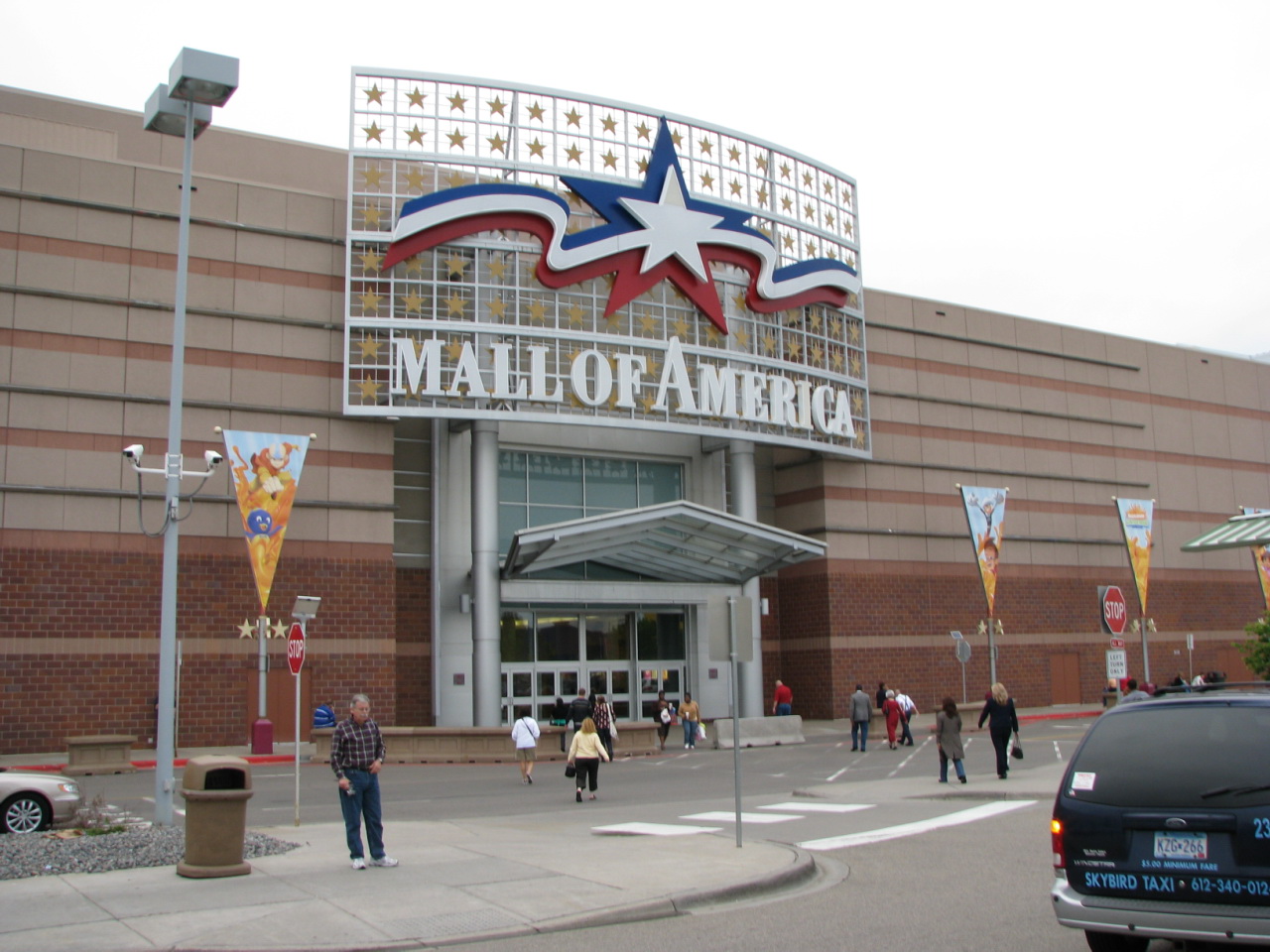By Taylor Hall, video by Siyuan Du
Retail industry experts say e-commerce won’t be the death of America’s malls, but the digital evolution will be key in ensuring success for the future.
Initial fears over the threat of e-commerce to the shopping mall industry have waned, but with Amazon’s stock up 14 percent after the company reported better-than-expected earnings Thursday, brick-and-mortar retailers are still facing hurdles in integrating e-commerce into their businesses.
The challenge for mall owners is to transform them into a destination for shoppers, said Sarah Alter, chief marketing officer for General Growth Properties, during a panel discussion Friday at the Society of American Business Editors and Writers annual conference. General Growth Properties is a real estate investment trust that owns, develops and operates regional shopping malls in the U.S.
“The leading dynamic that has nudged us along this path is the evolution of digital technology that pervades every element of every given shopper’s life,” Alter said. “On their path to purchase, they’re probably sitting on their couch with a tablet or their phone and Googling ‘Where should I go to buy them?’”
“So for us, we’re not competing against digital technology, but what we need to do is transform that whole shopping experience and bring those two worlds together,” she said.
General Growth is investing in rebuilding its digital technology, including partnerships with software companies on the development of mobile applications to personalize and streamline the mall shopping experience, Alter said.
The dynamic changes occurring in the retail consumer environment foster the use of metrics and data in new ways, highlighting the potential of beacon technology, which uses WiFi to trace consumers as they shop, said Dana Telsey, CEO and chief research officer of Telsey Advisory Group, a research and consulting firm.

Developers are using the technology to determine what stores consumers go into and whether certain stores should be located near each other, she said. Retailers also use the technology to determine what order consumers gravitate toward certain products.
“The ability to be much more scientific and more exacting can help to drive more full-priced sales and better margins,” Telsey said.
Alter agreed with Telsey’s assessment.
“We’re using far more data now to target who lives in a general given market, who would be likely to go into a shopping mall, and then target those particular segments,” she said. “And we’re using demographic, psychographic, attitudinal data to do a much better job really targeting and personalizing who we think would be that best loyal shopping mall customer.”
Looking ahead, Neil Stern, senior partner at McMillan Doolittle, a retail consulting firm, expects to see trends in digital innovation and data collection continue to increase in retail. He cited MagicBand by Disney as one example. The wristband, sold at Disney theme parks, uses radio frequencies to allow consumers to check into hotel rooms, reserve FastPass for rides and pay for restaurant and retail purchases.
“But the cool thing about it and the scary thing about it is, all that data that underlies MagicBand,” Stern said. “They know where you are in the park. They can send people over if one part of the park gets overloaded, they can send more characters over. And again, this is all going to impact malls tremendously because the data is there. It’s sitting in our smartphones. We just have to harness it in a more intelligent way.”
When asked about privacy issues related to use of these data-culling technologies, Alter said that General Growth Properties only tracks consumer data on an opt-in basis.
Stern, for one, is surprised that consumer privacy is not more of an issue.
“I’m always amazed to see that as big [of] a deal as it should be, most consumers don’t care, and particularly if you’re giving them a benefit,” he said.
PHOTO AT TOP: Experts say mega-malls like the Mall of America, which broke ground on a $325 million expansion last year, survive by digitally tracking data on consumer tastes. (Cliff/Creative Commons).
This story first appeared on the SABEW conference site.


